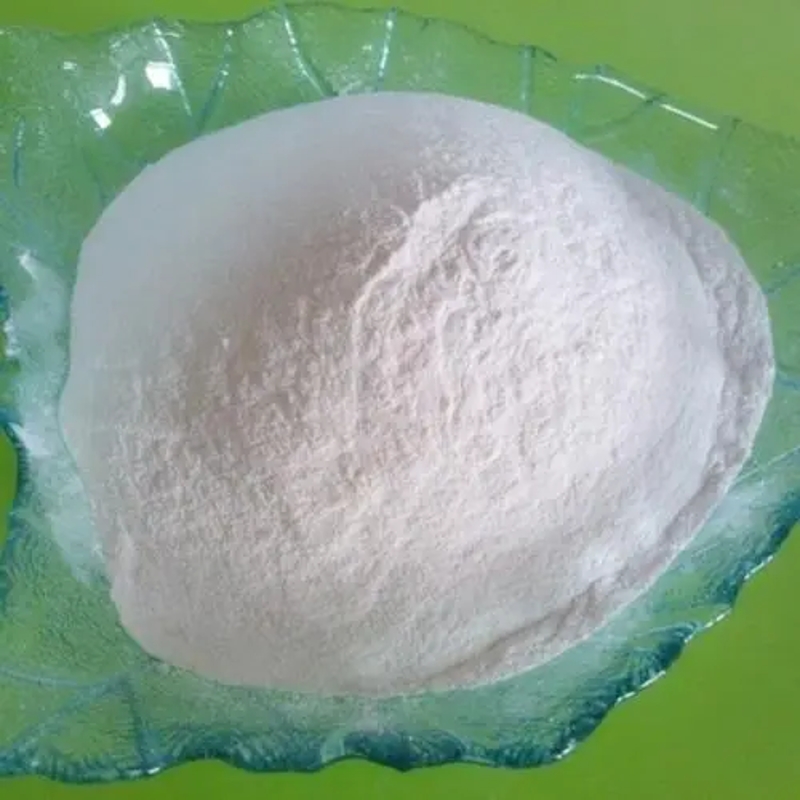-
Categories
-
Pharmaceutical Intermediates
-
Active Pharmaceutical Ingredients
-
Food Additives
- Industrial Coatings
- Agrochemicals
- Dyes and Pigments
- Surfactant
- Flavors and Fragrances
- Chemical Reagents
- Catalyst and Auxiliary
- Natural Products
- Inorganic Chemistry
-
Organic Chemistry
-
Biochemical Engineering
- Analytical Chemistry
- Cosmetic Ingredient
-
Pharmaceutical Intermediates
Promotion
ECHEMI Mall
Wholesale
Weekly Price
Exhibition
News
-
Trade Service
The World Health Organization classifies the new coronavirus SARS-CoV-2 as an airborne pathogen transmitted by infected droplets and aerosols by asymptomatic, pre-symptomatic and symptomatic individuals .
infection
Oral manifestations, such as loss of taste, dry mouth, and oral lesions, are observed in approximately half of COVID-19 cases.
COVID-19 At present, whether SARS-CoV-2 can directly infect oral tissues, such as salivary glands (SGs) or mucous membranes, is still unknown.
To solve this problem, the researchers generated and analyzed two single-cell RNA sequencing data sets (9 samples, 13,824 cells) of human salivary glands and gums, and identified 50 cell clusters.
SARS-CoV-2 virus entry factors such as ACE2 and TMPRSS members are widely enriched in epithelial cells of glands and oral mucosa .
ACE2 and TMPRSS members are widely enriched in epithelial cells of glands and oral mucosa.
There are epithelial cells hidden in the saliva of SARS-CoV-2 infected persons, showing the expression of ACE2 and TMPRSS, and having persistent SARS-CoV-2 infection.
After recovery, this asymptomatic cohort showed persistent saliva IgG antibodies against SARS-CoV-2.
In general, these data indicate that the oral cavity is an important place for SARS-CoV-2 infection, and implies that saliva is a potential route for the spread of SARS-CoV-2.
The oral cavity is an important place for SARS-CoV-2 infection, and it suggests that saliva is a potential route for the spread of SARS-CoV-2.
Original source:
Original source:Ni Huang et al.
Ni Huang et al.
Leave a message here







